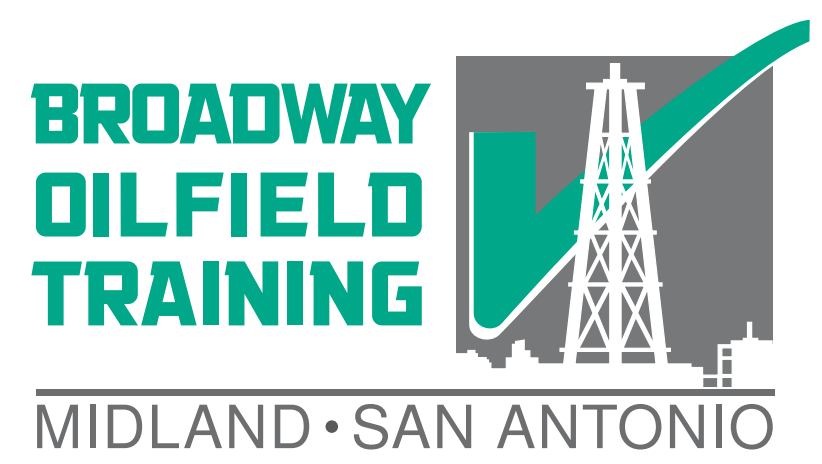Oilfield workers need good quality boots to do their work safely. These boots come in two varieties: pull up boots and lace up boots. Pull up boots are taller and do not have laces. They are called “pull ups” because to put them on you just pull the collar past the ankle and up the calf. Lace up boots are shorter and have laces. To put on a lace up boot you place your foot inside the boot and then lace it up to secure it around the ankle.
Many people, and companies, have strong preferences about which is the best boot to use. Let’s take a look at some of the benefits and drawbacks:
Pull ups
- Simpler construction is easy to waterproof
- Uppers cover and protect the calf
- Looser fit provides less stability
- Length of uppers may reduce range of motion
Lace ups
- Closer fit may provide better stability
- Ankle only collar is more flexible
- Doesn’t cover calves from brush and bites
- Laces and tongue are difficult to waterproof
Which type of boot do you prefer to work in? Some companies mandate you use lace ups, while rubber boots used for chemical work are only available in the pull up type. There are, as we teach in SafeLand, some qualities that all boots must have.
BOOT QUALITIES:
- Steel toe
- Non-slip treads
- Oil-resistant treads
- High ankle coverage
Additionally, any mud should be cleaned off of the treads to prevent slips and falls. In SafeLand training, we teach that all personal protective equipment (PPE), including boots, need to be checked for wear before and after each use. Boots that are worn-out will not protect you and may cause gait and slip hazards. Remember that all PPE has limitations.
Recommended Training: Texas SafeLand Training
Notice: Article is provided as is and for informational use only. Eagle Ford Training San Antonio, its owners, instructors, and affiliates hereto referred as the company shall have no liability for and you shall defend, indemnify and hold harmless from and against any claim loss demand, liability, obligation, and expense based upon any injury or damage, spill or pollution, product liability, or any other loss that may occur. The liability for the use of information is solely yours notwithstanding any act of error or omission by the company.
